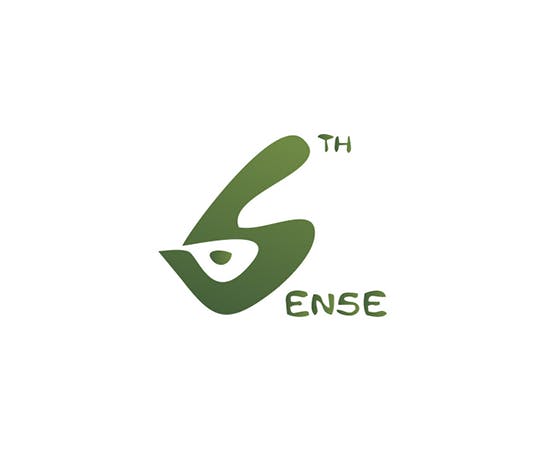
- Homepage
- SIXTHSENSE
SIXTHSENSE
SIXTHSENSE is a multidisciplinary innovation and research action with the overall aim to significantly improve efficacy and safety of first responders’ deployment in hazardous environments by optimizing on-site team coordination and mission execution.

The SIXTHSENSE is a wearable health monitoring system with closed loop tactile biofeedback, that allows first responders in hazardous situations to sense their current health status. It allows early detection of risk factors that could lead to rapid deterioration of health or operation capabilities of first responders, by leveraging predictive models based on multimodal biosensor data.
As a team management tool, it enables real-time monitoring of all deployed operatives, helping increase team effectiveness and operational safety. To help accelerate the pace of technological advancements aimed at first responders, beyond the scope of the project, SIXTHSENSE will establish a novel research methodology for sustainable inclusion of first responders in a co-development process. A comprehensive framework will allow practitioners to significantly contribute in all stages of the development process, without excessively burdening the first responders with activities outside the domain of their expertise.
While the envisioned technology could have potential application in a wide range of applications, the project is focusing on two specific scenarios: fighting wildfires and mountain rescue.
The overall approach of the project is envisioned through core activities that are embedded in both applications. These are complemented with application specific actions, like integrating the system with specific sensor configuration into appropriate garments and using telecommunication channels best suited for the intended environment. These activities will be performed in three consecutive iterations, following a progressive elaboration approach. First, an alpha prototype based on technological solutions already available within the consortium, will be created to facilitate transdisciplinary collaboration and allow pilot trials and early user involvement in the co-development process. Then, project specific RnD work will result in the two demonstrator systems related to the applications of interest.
The development of a monitoring system that is both useful and usable for the first responders is of the paramount importance to the project. Therefore, continuous involvement of the practitioners in an incremental co-development process is the bedrock of the proposed approach.




